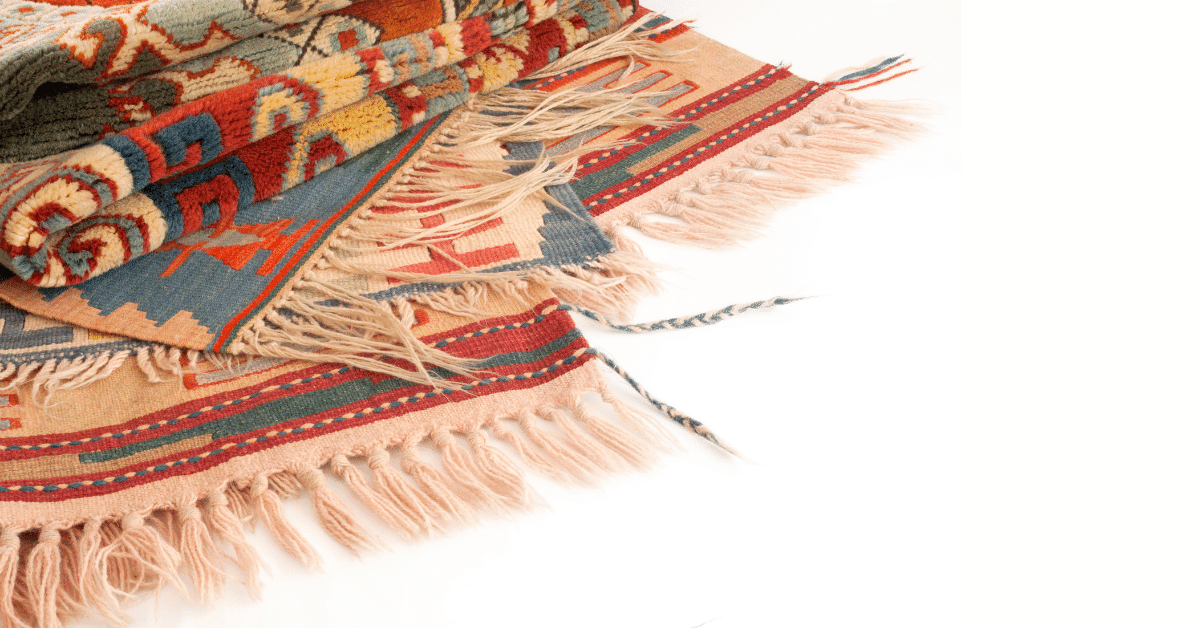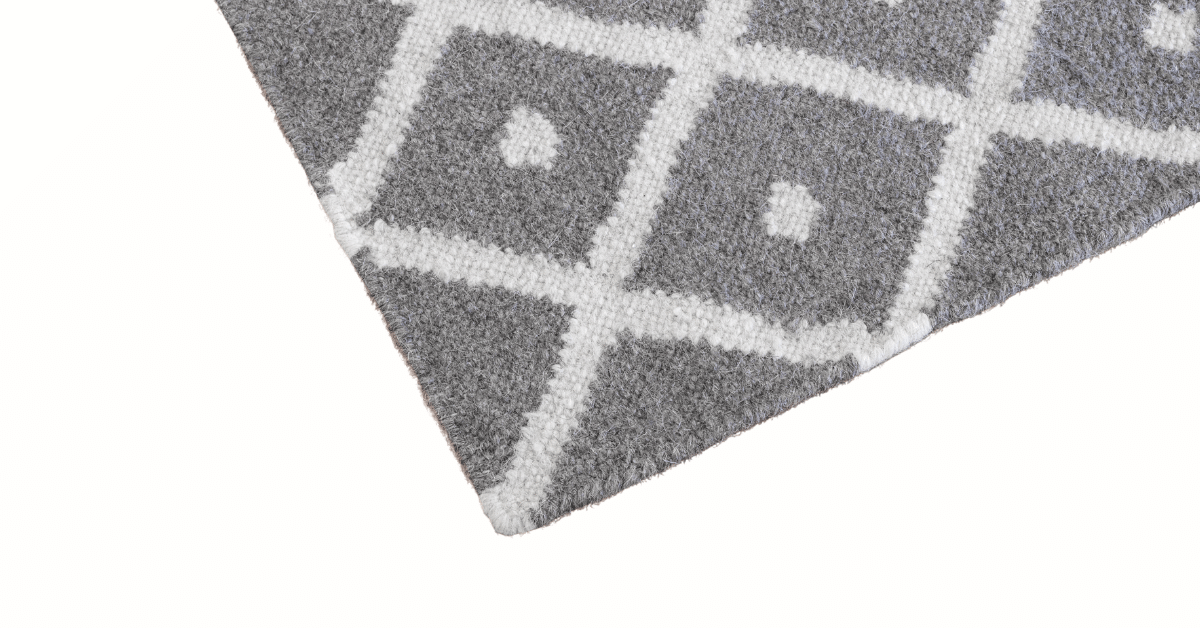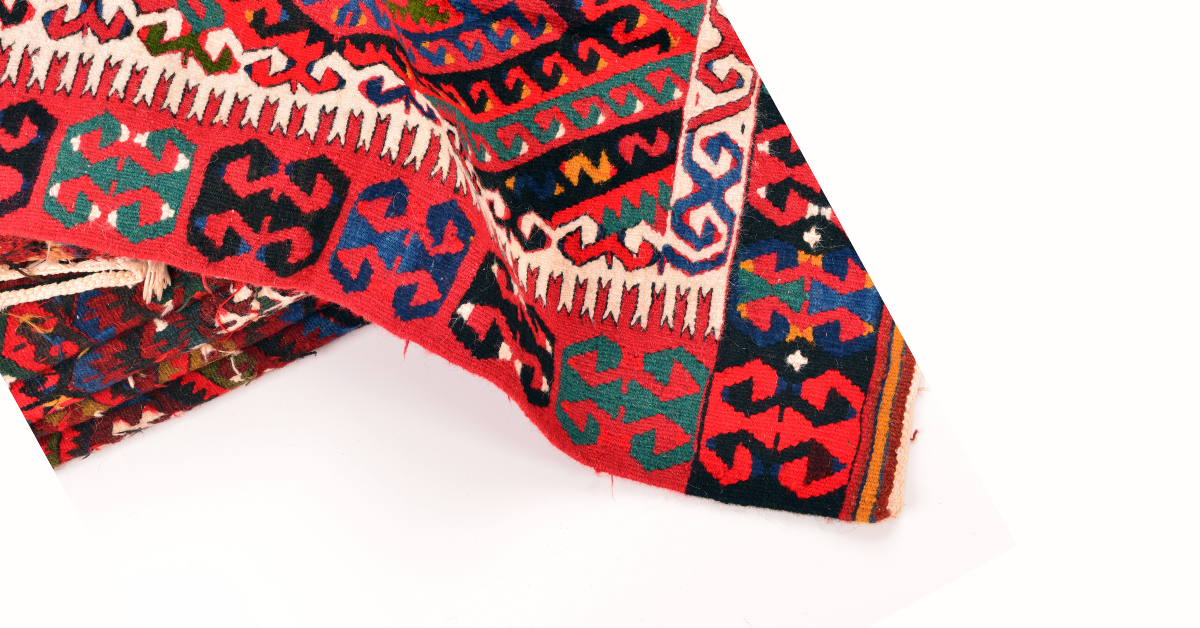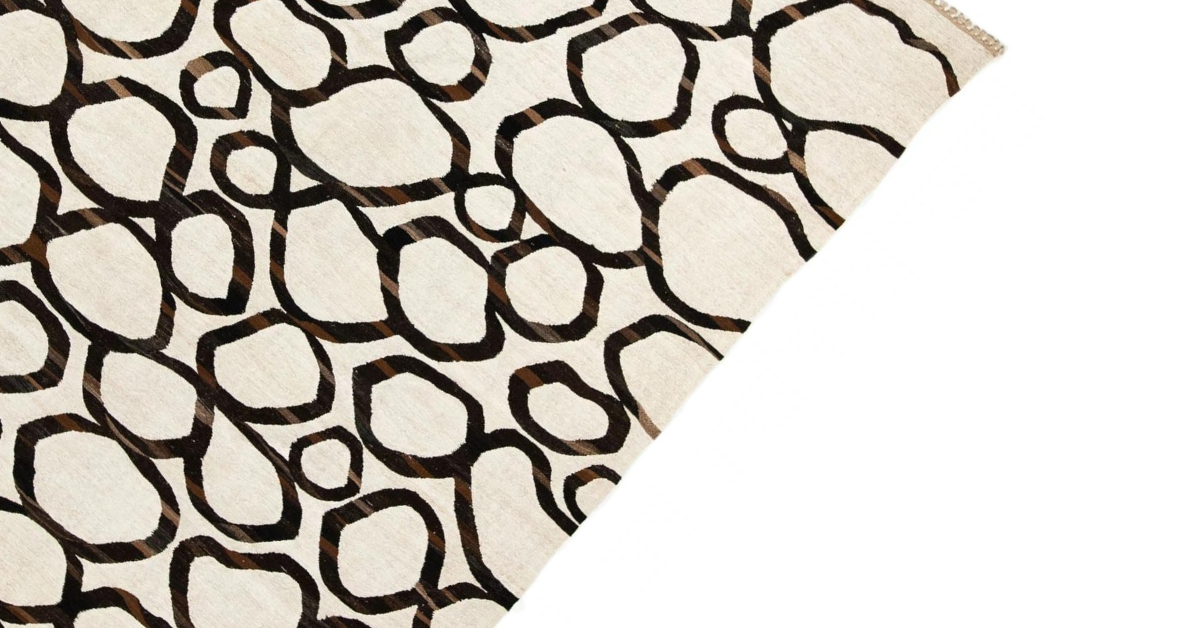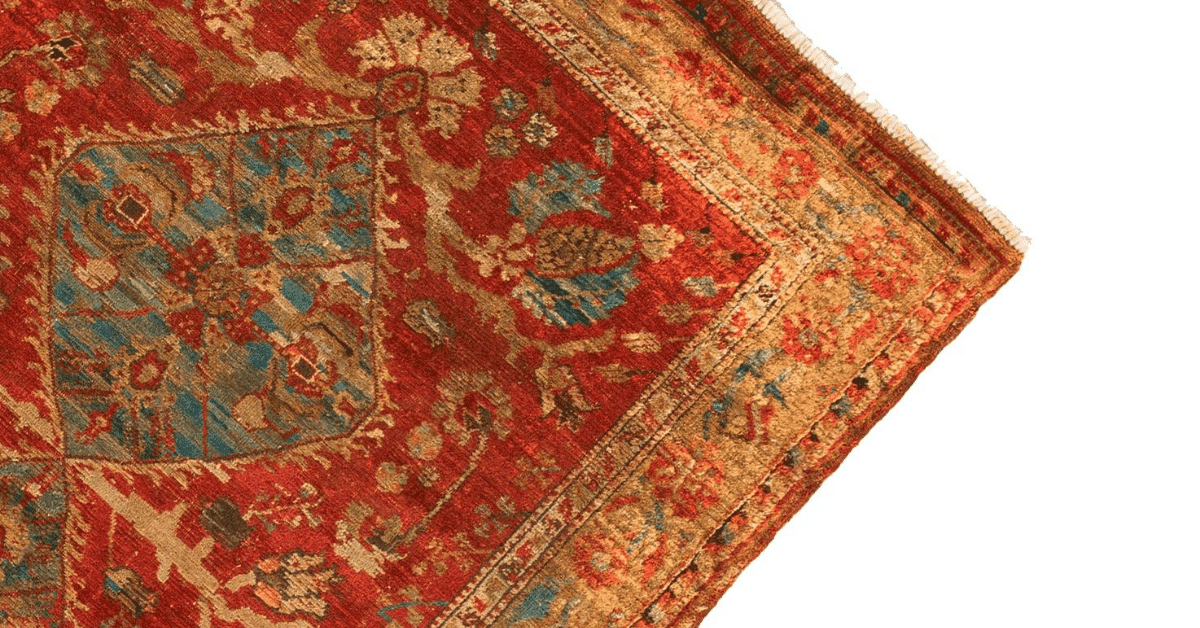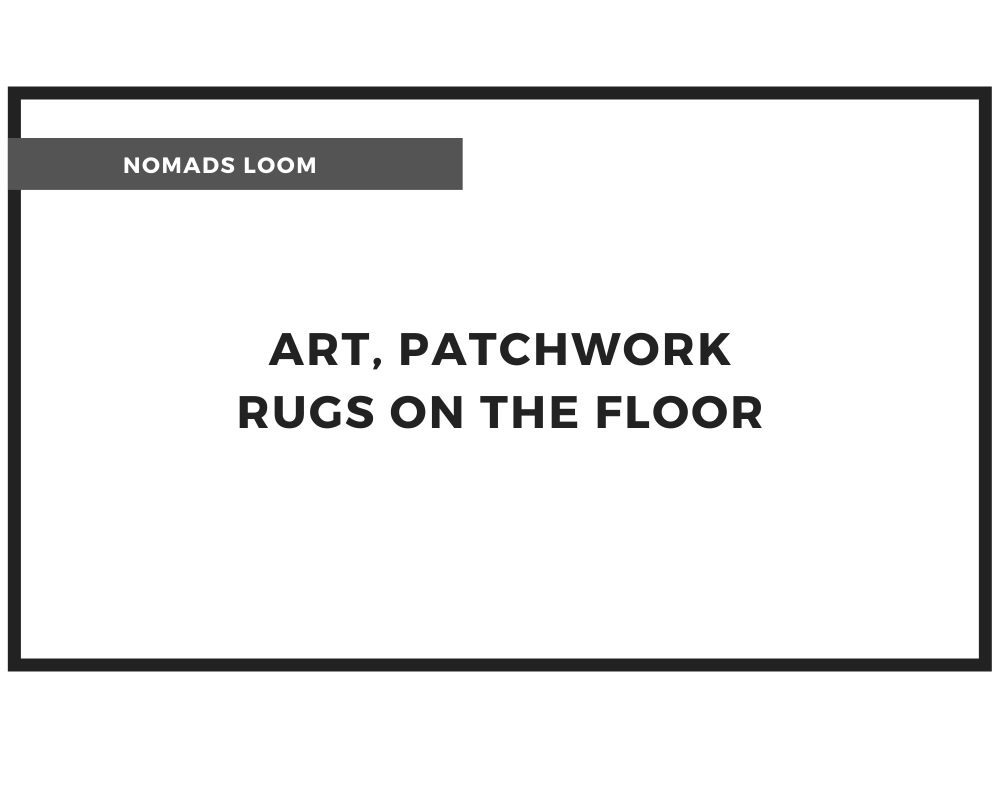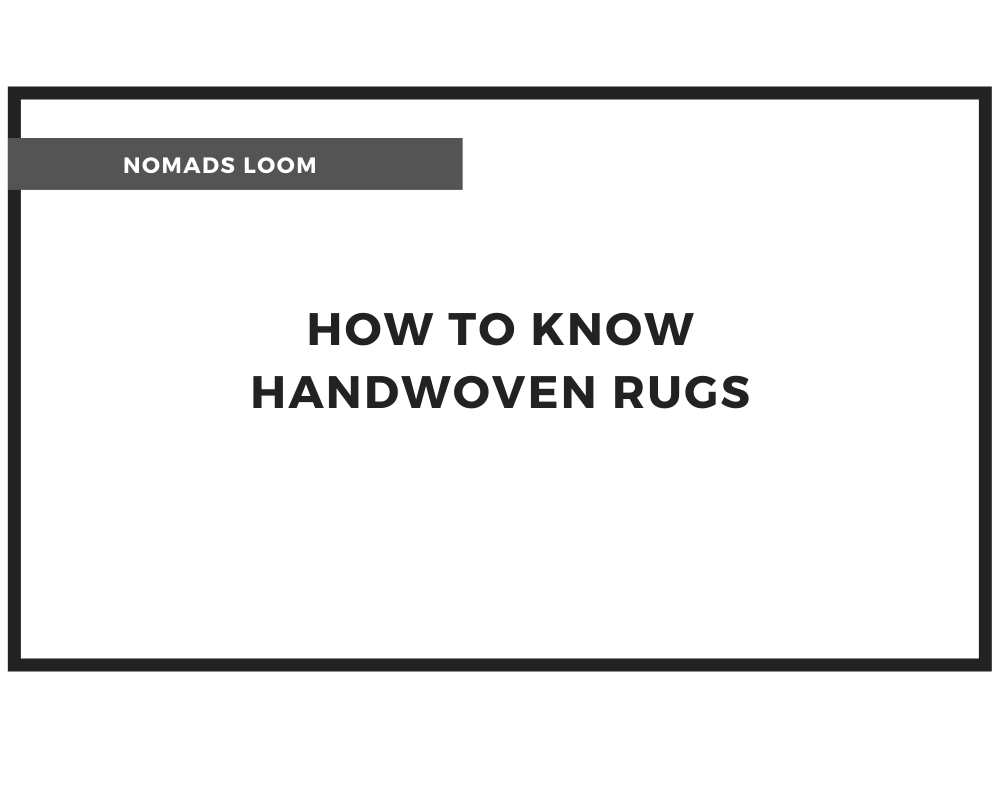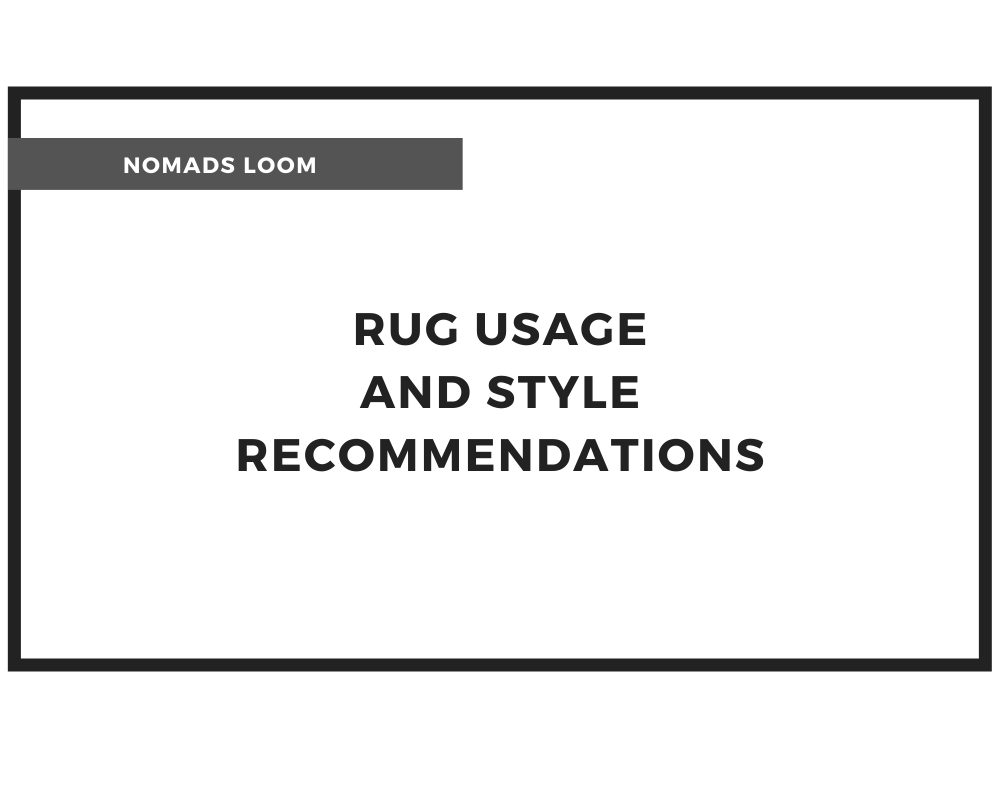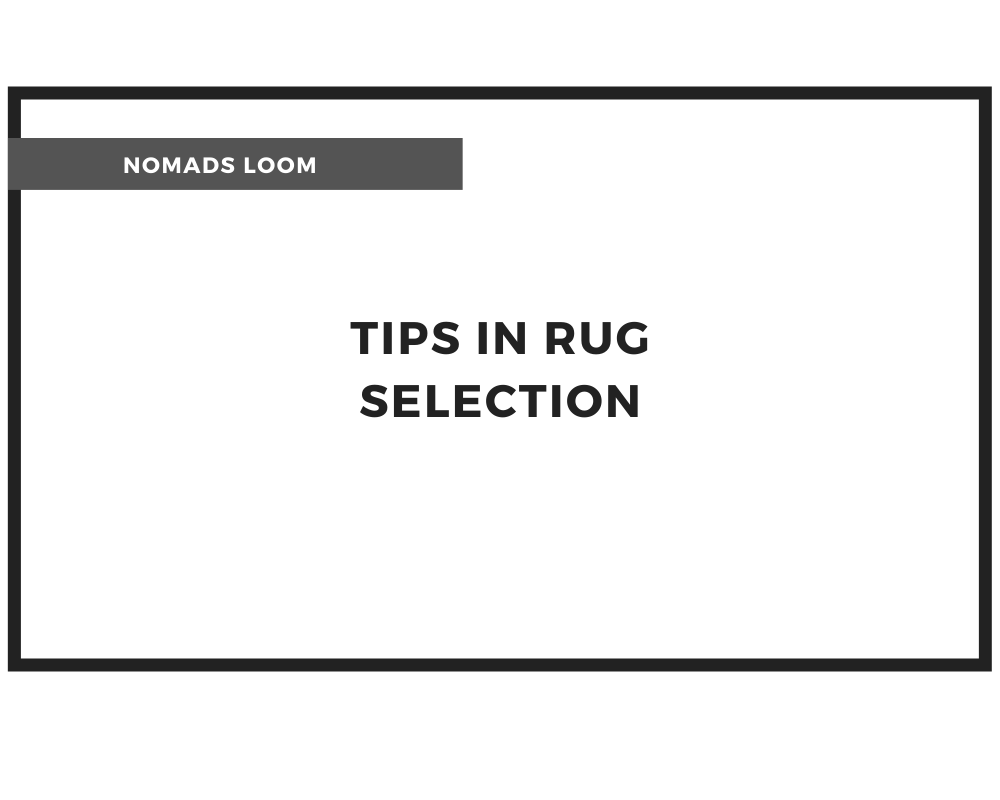How to know handwoven rugs
Rugs, one of the most important decorative products of living areas, are pieces that adapt to every taste and decoration with different colors and varieties.
Hand-woven rugs, which are among the most distinguished alternatives, have been preferred for years since they make homes and offices look rich. Handwoven rugs, including antique rugs, have always been the focus of attention with their traditional and local patterns.
Each symbol on hand-woven rugs is called a motif, and the appearance in the general frame is called a pattern. Large and wide rug models come to the fore with their use in living rooms and other rooms. On the other hand, kilim forms, which are hand-woven rug types, are generally preferred in kitchens, balconies, and halls. Different handmade rug models, which add an authentic atmosphere to the home, take their place as indispensable decoration items in many areas.
Handmade rugs are produced because of a long time-consuming effort and effort and are different from machine-made rugs. The fabric is first processed on the loom. The bench used acts as a large pulley. The upper part of the loom is designed to be movable, and the threads passed here are well stretched. The next job that requires the most ingenuity is tying knots in threads.
Two types of loops (knots) are used in our country, the Turkish knot, and the Iranian knot. The Turkish knot is popular for its longevity and the motifs look pretty on a woven rug. The Persian knot is more suitable for flower and plant motifs. Whichever of the two models is started, the chosen loop style is continued until the rug is completed. The pile yarns that reveal the rug are called “warps”. Warps are created in different ways such as silk, wool, and fiber.
The type of scissors used is very important until the hand rug emerges. The same scissors should be used until the rug is finished. After the weaving process is completed, the so-called raw form is first finished with a rug and then a fence. In the last stage, hand-woven rugs are washed, and weaving processes are completed. Thus, interesting hand-woven rug models emerge that will be in the most beautiful corner of the house.
HOW TO KNOW HAND-WOVEN RUG?
There are many differences between handmade rugs and machine rugs. The knots on the back of the woven rug are proof of its hand embroidery. These knots show an unsymmetrical arrangement and are easily recognized as they are thrown after each stitch. On the other hand, on the back of the rug, the pattern on the front is striking. Since machine-made rugs are produced by tools that process the rug automatically, there are no knots and loop marks are evident. By examining the motifs of the rugs, it is possible to easily distinguish the difference between them.
With the development of technology, machine rugs are at a level that can produce the same no matter which model is given. Since hand-woven rugs are created by processing the motifs one by one, the fixed models do not have a regular appearance as in the machine-made rugs. Today, there are also machine-made rugs produced using patterns and yarn types similar to hand-woven rugs. To distinguish them, it is enough to look behind again. Knots that are evident in the hand-woven rug are not included in this type of model and the back surface is covered with latex.
There are also hand-woven and machine-made rugs and double-sided types of kilims. It is necessary to check the pattern by looking at the back, as it will not be enough for the separation of hand-woven and machine-made rugs, and to check the type of loop. Thanks to the quality natural fibers used in woven rugs, an organic and pleasant appearance emerges.
For detailed information on choosing the right and quality rug, “How to choose a quality rug?” You can read the article.
HOW TO WASH HANDWOVEN RUG?
Periodically washing the hand-woven rug is important for keeping it in the same quality and appearance for many years. Applications such as dry cleaning or water-based sweeping cause the rug to wear out and its vibrant color to fade over time. In addition, woven rugs should be kept as far away from moisture and humidity as possible by constantly ventilating them.
Since root dyes are generally used in hand-woven wool rugs and kilims, the appearance is always lively and bright. However, using chemical cleaners or bleach for cleaning will cause this natural dye to flow. For this reason, natural soaps should always be used.
The hand-woven rug is ventilated before washing by changing its direction at certain intervals on the balcony or in an airy area. Then, the natural substances used should be foamed in a suitable bucket and the rug should be wiped gently. After the process, it must be dried in a cool area. Hand-woven rugs that are left damp can create a bad odor. In addition, the rug that does not dry completely and remains damp should not be used.
Shaking hand-woven rugs is a wrong practice as it will cause the rug to stretch. Instead of shaking, it is recommended to sweep the silk or wool lines that can be easily selected on the rug in the direction of travel.
HOW TO STORAGE A HAND-WOVEN RUG?
Storage conditions when not in use are as important as the use of rugs, which are one of the most important accessories of living spaces. Before the rug is removed, it must be swept or wiped as specified. The fringes of the rug, if any, should not be combed with combs or similar brushes. Combing may damage the rug and cause the fringes to widen and break.
Although it is quite common to store hand-woven rugs or rugs by folding, it is healthier to roll them. Keeping it this way prevents it from being deformed to a large extent. In addition, leaving it in cold or hot areas can cause damage to the yarns of the rug. Therefore, it is recommended to store it at room temperature.
It is a common situation to put naphthalene next to the textile products that will be stored among the public. This application is a method that can also be applied for handmade rugs. Mothballs or soap-like scented materials placed next to the rolled-up rug not only make the rug smell good, but also prevent rot. Although all precautions are taken for unused hand-woven rugs, they should be removed and ventilated at regular intervals. Thus, the natural yarns of the rug are ventilated and deformation is prevented.

